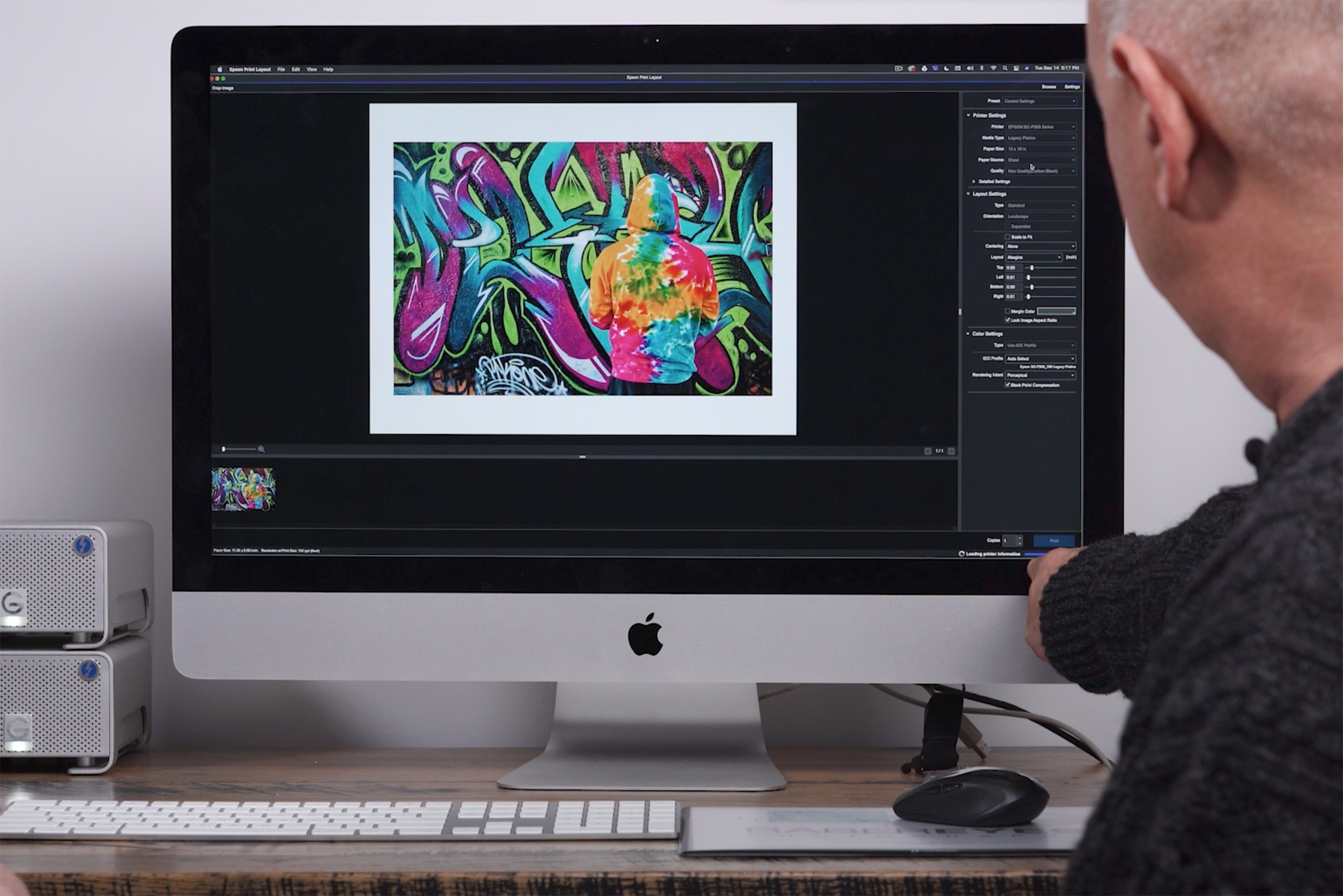Some context.....
I have had prints made commercially for sale at the occasional shared space exhibitions I have done and of late have used
@Tradecanvasprint for both prints and canvases.
But I have printed a few at home on my 'basic' Canon TS 8250 and in the main liked them for my whiteboard and to share with family & friends but oh boy is the ink expensive!
However, in regard to the exhibitions I mention I also had some Greetings Cards printed commercially, this was a modest batch of 100 with 4 different images. They were OK in the amount of interest but not quick movers.
Fast forward to this year....and going forwards. I decided I wanted to print more for putting on my desk easel at home and to just print one or two a month (only just got the printer so still experimenting). Plus, I wanted to look at printing very small batches of greetings cards.....such that when I exhibit I can put say 4 off each of maybe 5 different pictures out on offer. Hence, if one or more prove popular I can print some more on demand to replenish the display as needed.
So, to the factors that have held me back...in the case of the Canon the sheer price of those darned small inks cartridges and not a printer I would use for cards anyway because it does not lend itself to print profiling.
Therefore I have bought an Epson ET-8550 EcoTank printer, yes a higher up front cost but it comes with a full inkset of bottles @ 70ml capacity in each bottle (Pigment Black, Photo Black, Cyan, Magenta, Yellow & Light Grey).
Now, the ET-8550 uses Dye Inks plus a Pigment Black so I would never put the prints made with it in the exhibition for sale even though modern Dye Inks are more fade resistant than their predecessors BUT compared to Pigment Inks they can hardly be 'seen' as archival.
The prints will be for my own pleasure and as tests of 'what does the image look like' and is it worth getting printed commercially for sale.
But Greetings Cards are more ephemeral i.e. never intended to be displayed longer term though potentially kept in a draw as a momento/keepsake.
FWIW the ET-8550 is recognised by the Epson Print Layout software (EPL is software targeted at the Pro Grade printer lines) and whatever it does under the hood EPL & the printer are making some cracking prints with OEM papers.
When it comes to the greetings cards I will first test the 3rd party papers to see how well they reproduce the images will likely get bespoke profiles done when I have decided on the surface finish(es) I like best.
In summary, is it justified on the cost of the printer et al probably not but there is some real pleasure in seeing the prints come out and to seeing them in our own home whenever we like

PS the Epson is an A3+ printer so I can get 2 off 12 x 8 (a tad larger) out each A3+ sheet......note, it is possible to get two off 8 x 5.5inch prints from an A4 sheet

PPS back in the day my brother and I had a home darkroom and seeing the prints develop was perhaps the trigger for wanting to see my own prints more often nowadays






 So, for any other ET-8550 users make sure to download EPL from the Epson UK site under the P700 or P900 (or other high end models where it is shown as the available extra software.
So, for any other ET-8550 users make sure to download EPL from the Epson UK site under the P700 or P900 (or other high end models where it is shown as the available extra software.